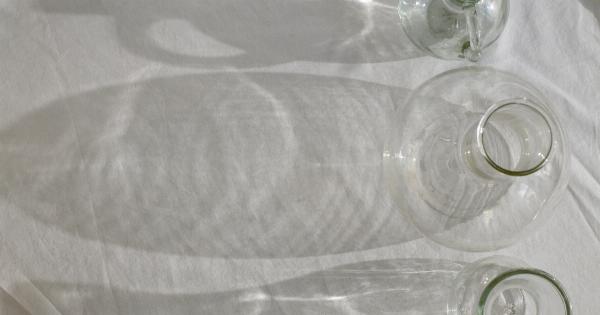Cellulite is a common concern for many people, especially women. It refers to the dimpled appearance of the skin, usually on the thighs, buttocks, and hips.
While there are several factors that contribute to the development of cellulite, one interesting link that has been studied is the potential effect of caffeine on cellulite reduction.
What is Cellulite?
Cellulite is a condition that occurs when fat deposits push through the connective tissue beneath the skin, causing the skin to have a lumpy appearance.
It affects people of all shapes and sizes, but it is more common in women due to differences in fat distribution and connective tissue structure.
While cellulite is not a serious medical condition, it can be a source of self-consciousness and insecurity for many individuals. This has led to the development of numerous treatments and products claiming to reduce the appearance of cellulite.
The Role of Caffeine
Caffeine is a natural stimulant that is commonly found in beverages like coffee, tea, and certain soft drinks. It is also present in many skincare products due to its potential benefits for the skin.
When it comes to cellulite reduction, caffeine is believed to work by increasing blood circulation, reducing water retention, and stimulating the breakdown of fat cells. These effects may help to temporarily improve the appearance of cellulite.
Caffeine and Blood Circulation
One of the proposed mechanisms through which caffeine may reduce cellulite is by improving blood circulation. It is thought that caffeine can promote the dilation of blood vessels and increase blood flow to the affected areas.
This improved circulation may help to deliver oxygen and nutrients to the skin, promoting its health and reducing the appearance of cellulite.
Caffeine and Water Retention
Water retention is another factor that can contribute to the development of cellulite. When excess fluid accumulates in the body’s tissues, it can make the skin appear more dimpled and uneven.
Caffeine is known to have diuretic properties, meaning it can increase urine output and potentially reduce water retention. By reducing fluid buildup in the body, caffeine may help to minimize the appearance of cellulite.
Caffeine and Fat Breakdown
The breakdown of fat cells, also known as lipolysis, is a key process in cellulite reduction. Caffeine has been shown to stimulate lipolysis by increasing the release of fat from fat cells and enhancing the rate at which fat is metabolized.
Additionally, caffeine has been found to inhibit the accumulation of fat in fat cells by blocking certain enzymes involved in fat synthesis.
This dual action of caffeine on fat breakdown and fat accumulation may contribute to its potential efficacy in cellulite reduction.
Evidence and Studies
Several studies have explored the effects of caffeine on cellulite reduction. While some have suggested a positive correlation between caffeine use and improvements in cellulite appearance, others have shown no significant effects.
A study published in the Journal of Cosmetic Dermatology examined the effects of a topical caffeine treatment on cellulite in women.
The results showed a reduction in thigh circumference and an improvement in cellulite severity after six weeks of treatment.
However, a review published in the Journal of the European Academy of Dermatology and Venereology analyzed multiple studies and concluded that the evidence for caffeine’s effectiveness in cellulite reduction is limited and inconsistent.
Other Factors to Consider
While caffeine may have some potential benefits for cellulite reduction, it is important to remember that it is not a magic solution. Cellulite is a complex condition influenced by various factors, including genetics, hormones, lifestyle, and diet.
Adopting a healthy lifestyle that includes regular exercise, a balanced diet, and proper hydration is crucial for managing cellulite.
Additionally, maintaining a healthy body weight and reducing overall body fat percentage can help to minimize the appearance of cellulite.
Conclusion
While caffeine has been studied for its potential effects on cellulite reduction, the evidence remains limited and inconsistent.
While it may have some temporary benefits, a comprehensive approach that includes lifestyle modifications and a healthy body weight is essential for managing cellulite.
It is always recommended to consult with a dermatologist or healthcare professional for personalized advice and treatment options.































